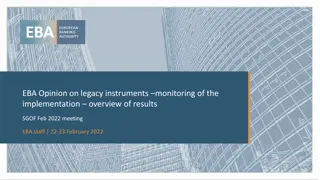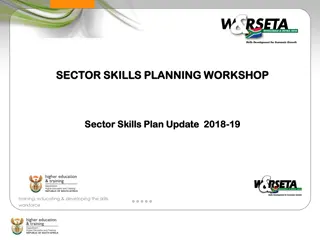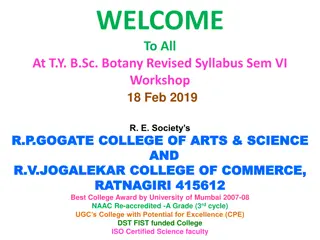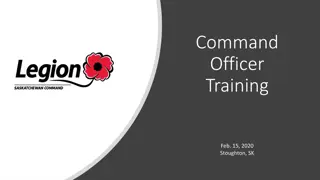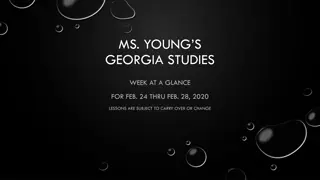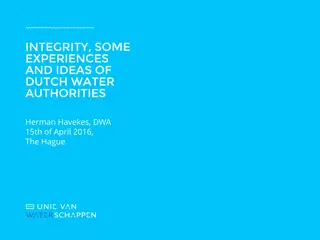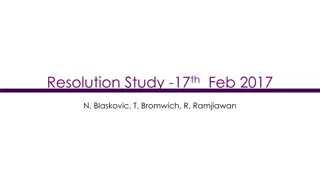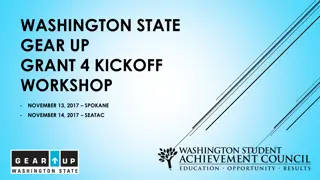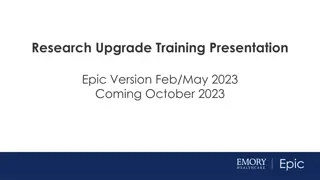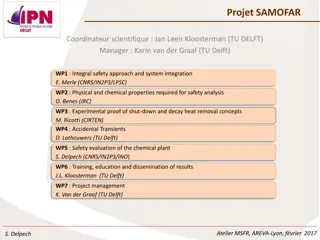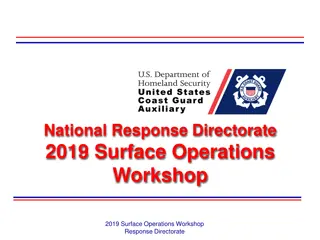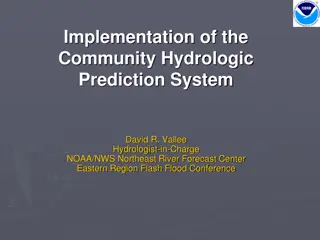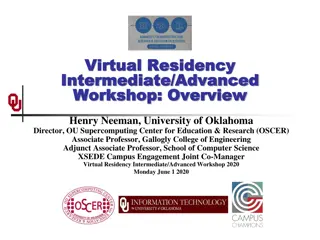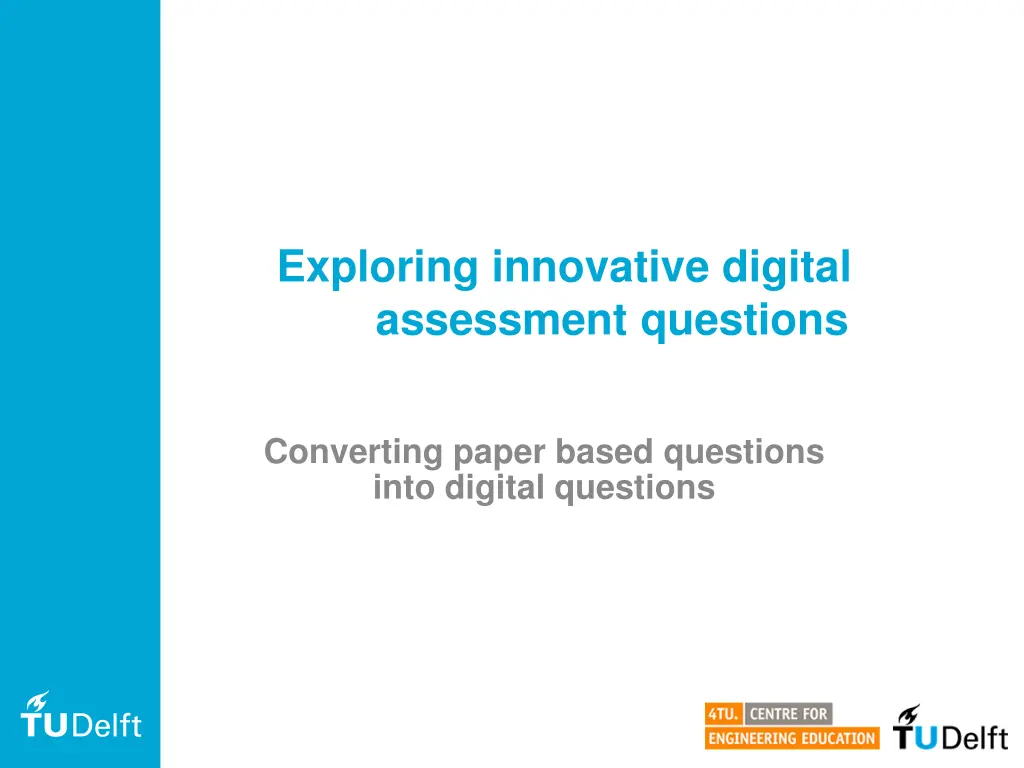
Transforming Paper-Based Questions into Innovative Digital Assessments
Discover how Celine Goedee and Meta Keijzer-de Ruijter are revolutionizing assessment methods by converting traditional questions into engaging digital scenarios for improved learning outcomes in materials science. Explore the process, advantages, and examples of these innovative digital assessments.
Download Presentation

Please find below an Image/Link to download the presentation.
The content on the website is provided AS IS for your information and personal use only. It may not be sold, licensed, or shared on other websites without obtaining consent from the author. If you encounter any issues during the download, it is possible that the publisher has removed the file from their server.
You are allowed to download the files provided on this website for personal or commercial use, subject to the condition that they are used lawfully. All files are the property of their respective owners.
The content on the website is provided AS IS for your information and personal use only. It may not be sold, licensed, or shared on other websites without obtaining consent from the author.
E N D
Presentation Transcript
Exploring innovative digital assessment questions Converting paper based questions into digital questions
Agenda Introduction General introduction of scenario questions Two Examples of question conversion into scenario question Step by step conversion Work on your own example
Introduction Who we are Celine Goedee (O&S assessment specialist) Meta Keijzer-de Ruijter (ICT digital assessment specialist - MapleTA) Our pilot project Improving quality of digital tests using scenario questions Materials Science (2ndyear mechanical engineering) Data from: Teacher input Think aloud protocols (practice exams) Student interviews Results and analysis of exam Evasys results
Workflow Scenarios General set-up: Question is divided into 2 or more sections Sections are presented consecutively Each section has at least one response field Each response field must be automatically gradable When verifying the response the only 2 options are available: Continue to the next section* (within the question) Finish *There is no possibility for parallel sections: if correct one set of sub questions, if incorrect another set.
Workflow Scenarios Combining different section outcomes determines the main scenario:
Scenario - Scaffolding Main question is posed first (can students figure out a way to solve the problem by themselves?) Alternate route (Section 2) checks knowledge through a set of additional questions Give the necessary equations Calculate the parameters you need for the final calculation Question that evaluate the knowledge of the critical concepts 1.
Scenario - Underpinning Main question is posed first Section 2 should corroborate knowledge through a set of additional questions
Advantage and disadvantage Advantages Ability to measure if students can solve the problem by themselves (students are not provided with the steps to solve the problem) Give feedback when needed (formative) Students can show their skills in small steps (summative) In case of mc question: eliminate guessing Disadvantages Limited possibility for self correction along the path of solving a problem. Correct programming of the main question is essential, since it might have serious consequences Student anxiety when getting immediate feedback
Example question on paper A force F = 1000 N works at a given angle of 45 on a support block of a pneumatic cylinder. The support block is attached to the surface with bolts A and B. Bolt B is situated in a notch. Calculate the forces on both bolt A and Bolt B.
Description Example 1 Scaffolding scenario Formative setting Feedback and tips along the road Multiple sections (5)
Scaffolding example section 5 Optional: as a last step repeat main question
Description Example 2 Underpinning scenario Summative setting Eliminate Guessing 2 sections Score: All or nothing
1 Choose example Form groups of 2 Select one paper-and-pencil question to transform to a digital adaptive question. Solving the problem requires multiple steps (calculations or reasoning) Response must be automatically gradable Summative: First have students solve it on their own Formative: Step-by-step instructions (and feedback) Formative: Some students will be able to solve it by themselves
2 Analyse problem What level of knowledge do you want to measure? (remember, understand, apply, analyse, evaluate, create) Is the focus on process/strategy or final answer? Are different strategies possible? Do you want to measure one specific strategy? What are common mistakes of students? Does this paper based question measure what I want?
3 Create scenario question Choose formative or summative setting Choose a scenario (scaffolding or underpinning) Formulate a main question Formulate sub questions (single or multiple questions per section) Determine which mistakes (do not) weigh heavily. (partial grading is possible) Evaluate your scenario question Do you make concessions?
Wrapping Up Feedback on this session Any one interested in a follow up? (creating exam questions in MapleTA)
How to contact us Celine Goedee Mail: c.goedee@tudelft.nl Meta Keijzer De Ruijter Blog: https://maderuijter.weblog.tudelft.nl Mail: m.a.keijzer-deruijter@tudelft.nl



